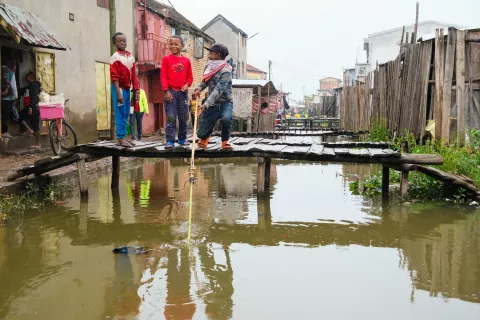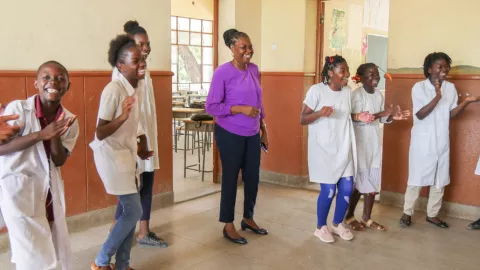Promoting Gender-Transformative Change through Social Protection
An analytical approach

Highlights
Social protection can reduce income poverty and food and economic insecurity, address financial barriers to accessing social services, and promote positive development outcomes throughout the life course – particularly for women and girls. But can it address preexisting gender inequalities through the design, implementation and financing of its programmes?
To strengthen the evidence base ‘what works’, ‘how’ and ‘why’ for social protection to contribute to gender equality, this report proposes and presents an analytical approach to evidence generation on gender-responsive social protection for gender-transformative change. It builds on the Gender-Responsive Age-Sensitive Social Protection (GRASSP) conceptual framework, and on the theoretical, conceptual and empirical literature on gender and social protection. Structured as a socio-ecological framework, our approach presents three interconnected change pathways – at the individual, household and societal level – through which gender-responsive social protection can contribute to gender-transformative results, along with tailored design and implementation features, and underpinned by a set of change levers that existing evidence suggests can strengthen the gender-responsiveness of social protection systems.





